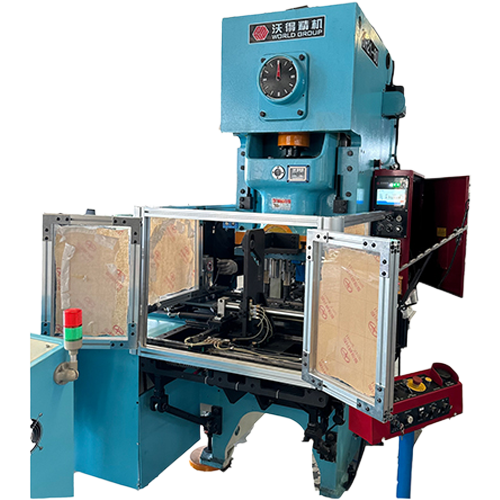In-depth understanding of sealing machines

Industrial process of can sealing machine
The industrial process is as follows: the tanks are placed on a tank finishing machine, which feeds the tanks into a conveyor belt through slow rotation and guide rail conveying principles; they are cleaned by a tank cleaning machine and then flow into a filling machine; different materials are filled by corresponding filling machines and then enter a can sealing machine; and the coding and packaging processes are carried out.
Preparation before starting the can sealing machine
1. Electromagnetic safety switches need to be installed at the power supply before the new machine is used to reduce the risk of power failure.
2. Pay attention to the direction the motor is turning. If the steering is wrong, the steering can be changed by changing the positions of any three wires.
3. The new machine needs to focus on adjusting the automatic tank unloading system. The tank sealer adjusts the nut below the “foot pedal support hinge” so that when the “foot pedal” is depressed, the lower edge of the “tank support shaft cam” and the upper edge of the “roller” are moderately tangent to the “push rod”. If the spacing is insufficient, the roll seal cannot be activated; if the spacing is too large, the roll seal will repeat the operation and cannot automatically unload the tank.
4. Particular attention is paid to adjusting the clearance between the roll and the rolling head.
Use and maintenance of can sealers
1. The operator must pull the operating part before going to work and then activate the clicker in intermittent contact mode. After a short test run, if any abnormalities are found, they must be repaired in time.
2. Ensure that the tank body rotates between the indenter and the turntable during operation. If the sealing machine works well, the quality and accuracy of the tank body will not be affected.
3. Frequent dust removal is required to keep the sealer clean. Lubricate the parts regularly and apply butter to the needle roller bearings.
4. When adjusting the height of the sealing wheel and the indenter, be sure to lock the nut with the fastening bolt, but be careful not to apply excessive force to avoid damaging the thread and affecting the adjustment accuracy. After commissioning of all units, several empty tank tests must be carried out until the roll-sealed seams meet the requirements.
Recommended Products


 EN
EN
 中文简体
中文简体 English
English













